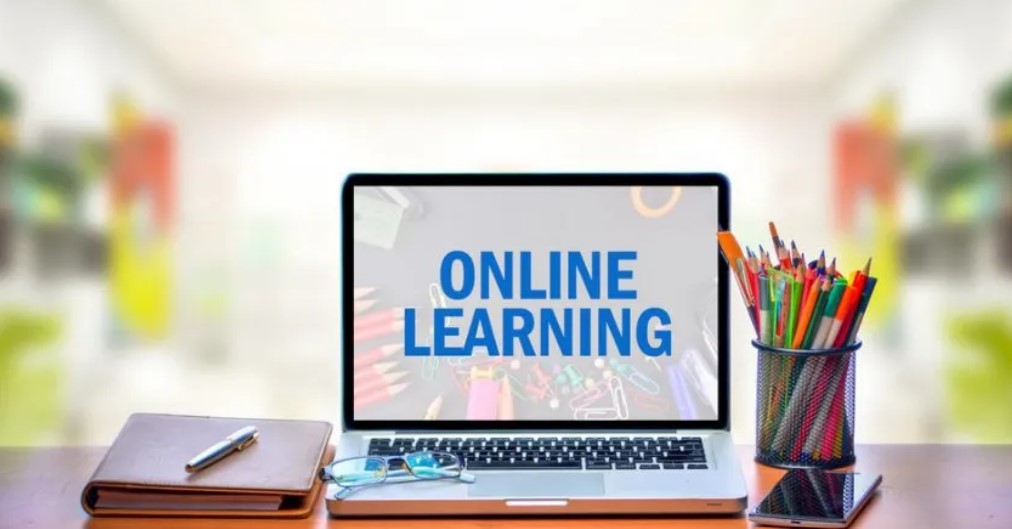
As the world continues to evolve in the digital age, schools across Kenya are embracing technology to enhance learning and empower students. With platforms like NaSOMA leading the way, digital tools are transforming the classroom experience, making education more interactive, accessible, and personalized. This shift is not just a trend—it’s the future of education
The Rise of Digital Classrooms
.png)
In recent years, schools have been increasingly integrating digital learning platforms into their curriculum. What once seemed like a far-off dream is now a reality, with students having access to resources like e-books, interactive quizzes, video lessons, and even live classes. For many, this means that learning is no longer confined to the four walls of a classroom.
Platforms like NaSOMA have become essential in this transformation, providing a centralized space for teachers to upload lessons, track homework, and communicate with students in real-time. The result? Students are more engaged, learning at their own pace, and able to revisit lessons whenever they need a deeper understanding of the subject matter.
Bridging the Gap in Education
One of the key benefits of digital learning is that it helps bridge the gap for students who may not have access to quality educational resources. With an internet connection and a smart device, students in remote areas can now access the same materials as those in urban centers. This levels the playing field and ensures that no student is left behind, no matter where they are.
In addition, digital platforms make it easier for parents to be actively involved in their children's education. With NaSOMA, for example, parents can monitor their child’s progress, track assignments, and even communicate with teachers—building a more connected and supportive learning environment.
Empowering Teachers and Students
Digital learning is not just about technology; it’s about empowering both teachers and students to achieve more. For teachers, platforms like NaSOMA provide tools to streamline lesson planning, grade assignments efficiently, and track student performance with ease. This allows them to spend more time focusing on what really matters—teaching and engaging with students.
For students, digital learning offers flexibility. Whether they are visual learners who benefit from video content or hands-on learners who need interactive activities, these platforms cater to different learning styles. With access to a wide variety of resources, students can dive deeper into subjects that interest them, ultimately fostering a love for learning.
Preparing for the Future
As the world becomes increasingly digitized, equipping students with the skills they need for the future is essential. Digital learning platforms not only enhance academic performance but also prepare students for a future where technology will play a central role. From basic computer literacy to coding and problem-solving, the digital tools students engage with today are laying the foundation for their success in the modern world.
In Kenya, the move toward digital education is an exciting and necessary step to ensuring that students are ready to take on the challenges and opportunities of tomorrow’s workforce.
Conclusion: The Future is Now
The digital transformation in schools is just beginning, but the impact is already clear—students are more engaged, teachers are more efficient, and the boundaries of learning are expanding. As we continue to adapt to this new era, platforms like NaSOMA are at the forefront of a revolution in education, ensuring that every student has the tools and resources they need to succeed.
For students, teachers, and parents alike, embracing these changes means not only improving learning outcomes but also preparing for a future where technology and education go hand in hand. With platforms like NaSOMA, the future of learning is bright!
Comments (0)
Categories
Recent posts


Exploring Different Career Paths: ...
1 Jul 2021
Celebrating Kenya’s Rising Star in ...
5 Oct 2024
The Richest People in the World ...
1 Jul 2021
Empowering Young Explorers through the ...
25 Sep 2024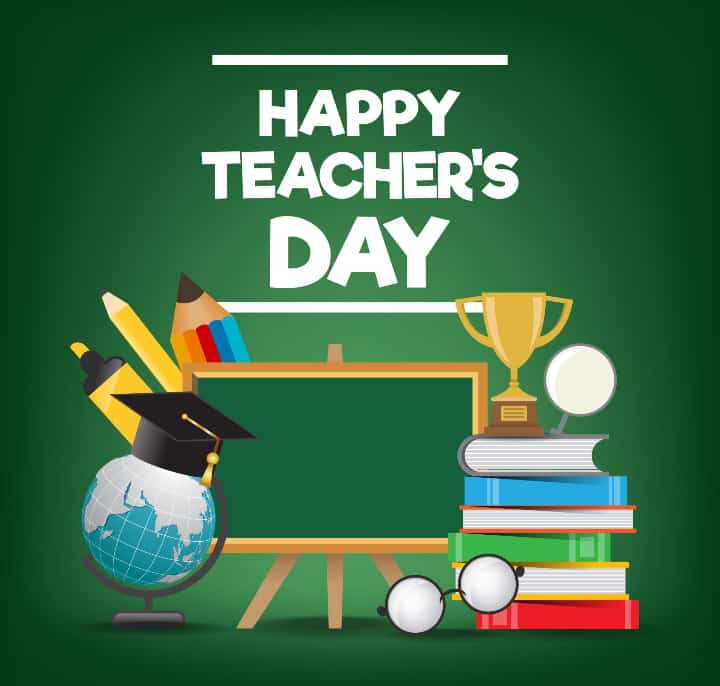
Celebrating Teachers' Day
6 Oct 2024
Individual Development as the Pathway to ...
5 Oct 2024
Staying Current in a Changing Education ...
15 Oct 2024
Remote Work Trends: Digital Nomads
15 Oct 2024
Standing Up for Justice: Lessons from A ...
17 Jan 2025
Sneakers: A Lesson in History and ...
17 Jan 2025
Breaking into the World of Data ...
15 Oct 2024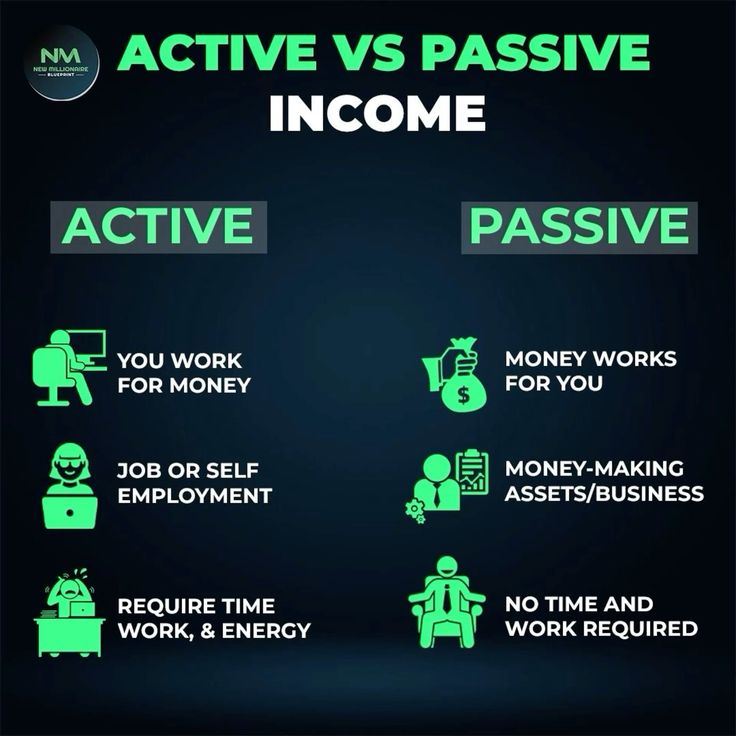
Active vs. Passive Income: Striking a ...
17 Jan 2025
Integrating EdTech for Engaging Lessons
15 Oct 2024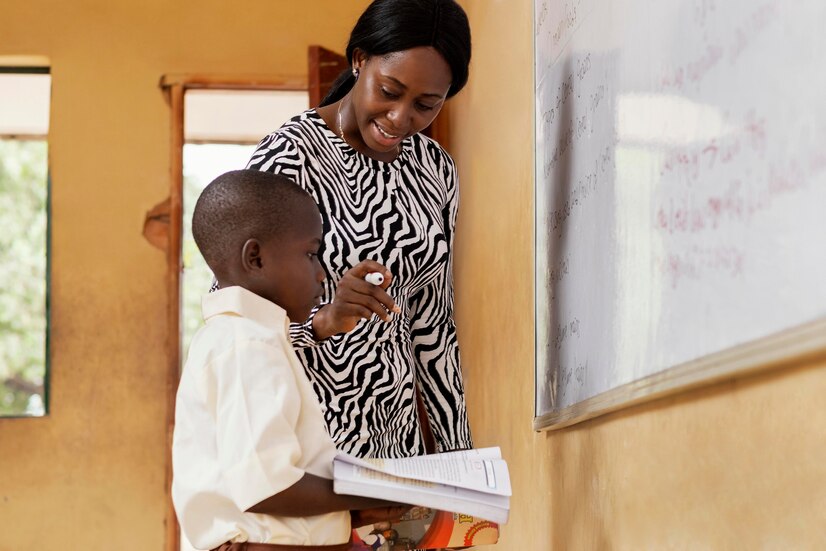
Nurturing Critical Thinking in the ...
15 Oct 2024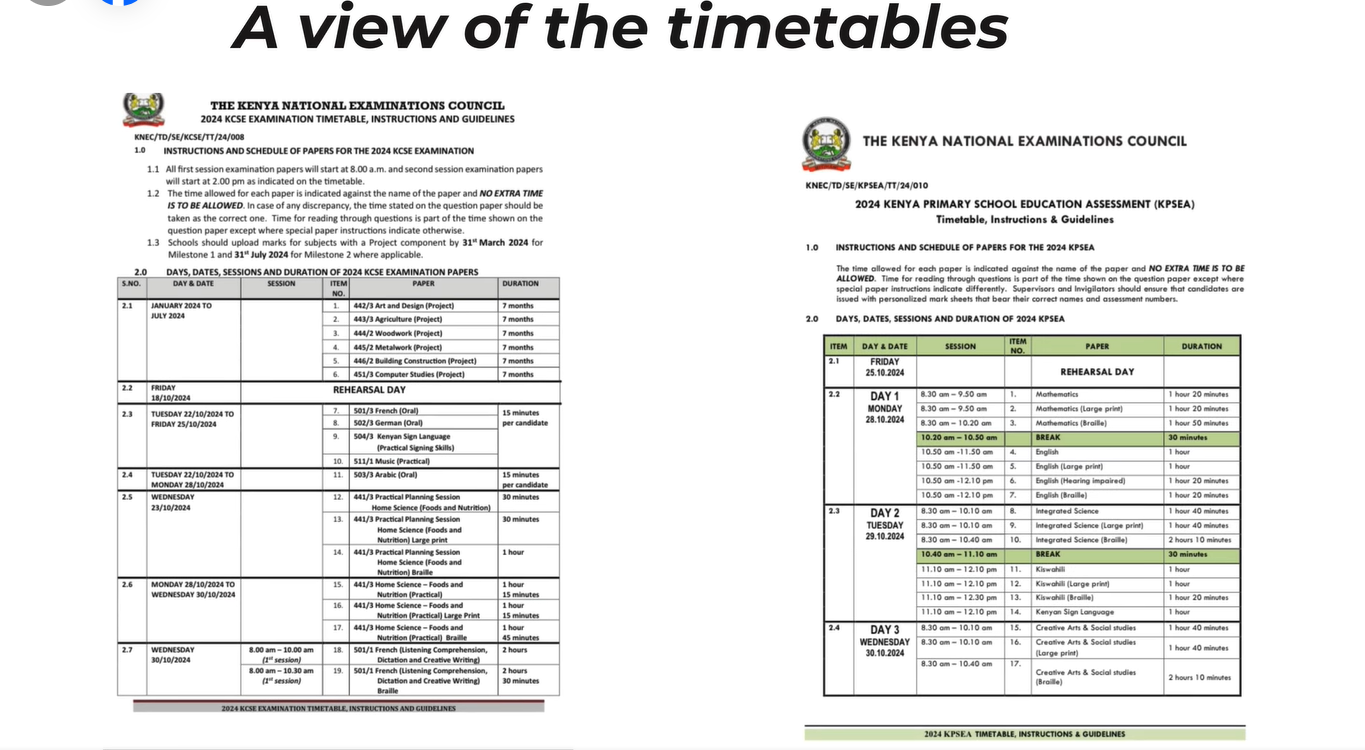
KIPSEA National Timetable for Grade 6 ...
27 Oct 2024
'Kenyan Dress': Embracing Cultural ...
5 Oct 2024
Features of work songs
17 Jan 2025World Oceans Day
5 Oct 2024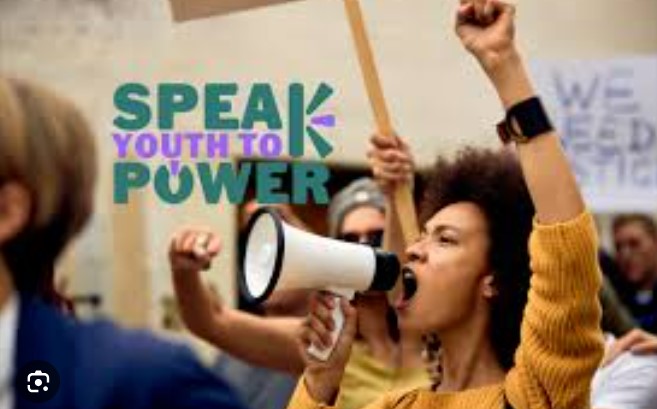
Youth Participation in Politics
5 Oct 2024
Egg Chop: Quick, Delicious, and Perfect ...
17 Jan 2025
Cryptocurrency: A High Schooler’s ...
1 Jul 2021
The baobab tree: Kenya’s ancient ...
17 Jan 2025
How AI Is Changing the Job Market
15 Oct 2024
Why Giving Back Makes You a Better ...
11 Oct 2024
Why You Students Should Embrace Digital ...
5 Oct 2024
Mastering Time Management for Career ...
15 Oct 2024
How to Build a Personal Brand That ...
15 Oct 2024
Unlocking the Power of Digital Learning
5 Oct 2024
Sådan finder du balance mellem arbejde ...
23 Oct 2024
Exploring the Universe
15 Oct 2024
Celebrating Creativity at St. Mary's ...
5 Oct 2024
How Volcanoes Make New Islands
15 Oct 2024
Supporting Students' Mental Well-being
15 Oct 2024
Why Do Birds Fly South in Winter?
14 Oct 2024
Lighting Up the Future
15 Oct 2024
The Secret Life of Bees and Why They ...
15 Oct 2024
The Role of Play in Early Childhood ...
15 Oct 2024
The Science of Rainbows
15 Oct 2024
Toaster
17 Jan 2025
The Great Dinosaur Hunt
15 Oct 2024
Trump supporters storm the Capitol
17 Jan 2025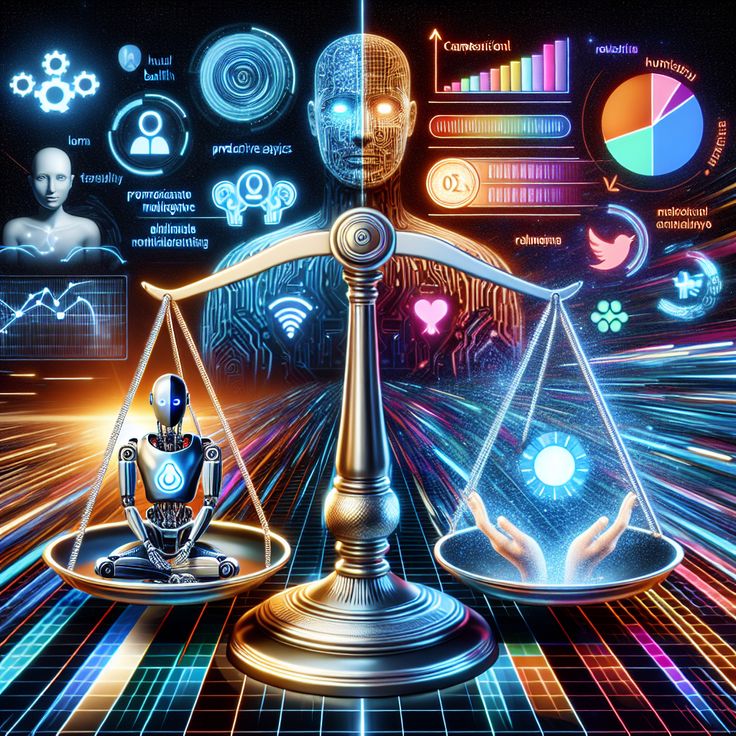
Digital Health in a Busy World
17 Jan 2025



